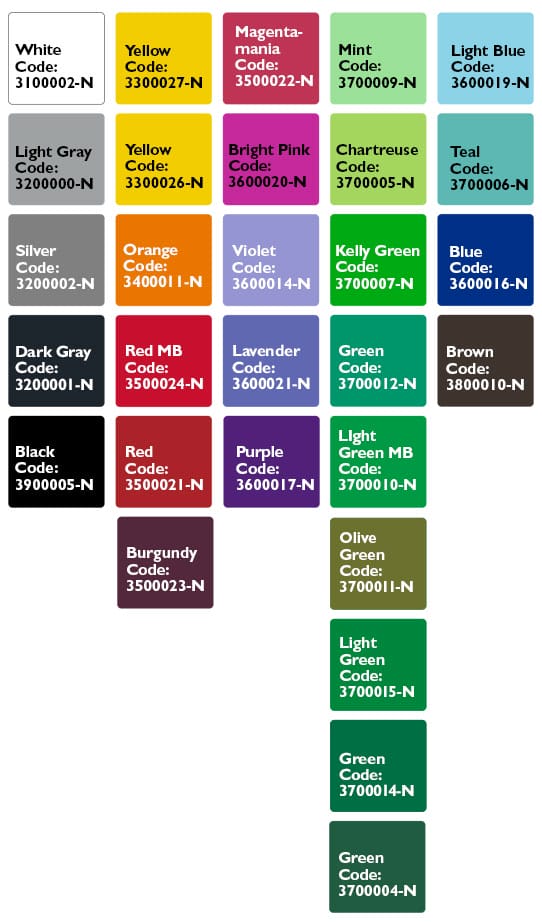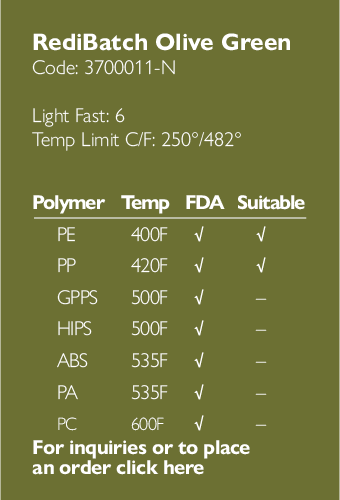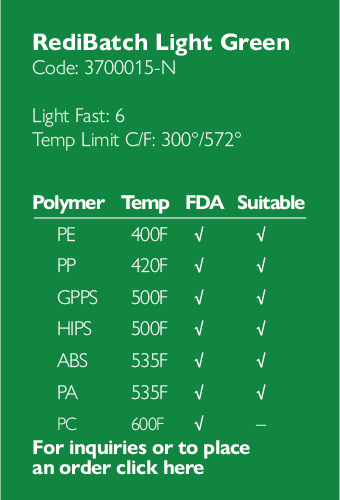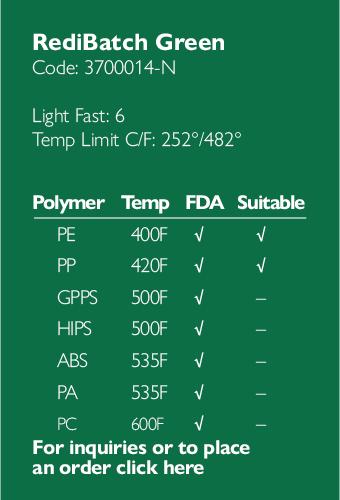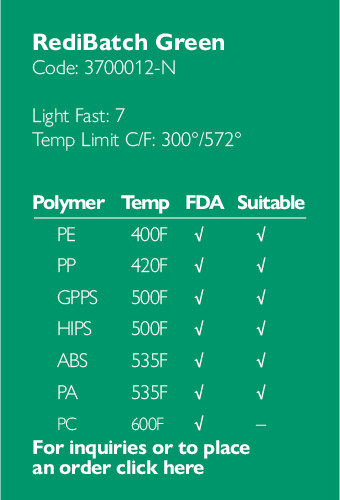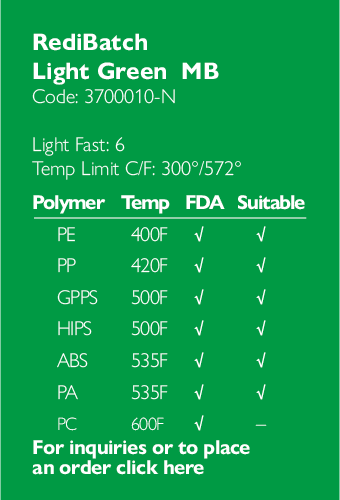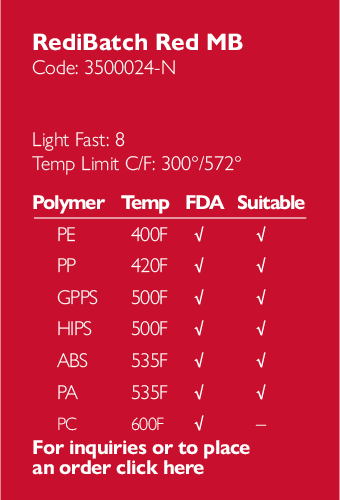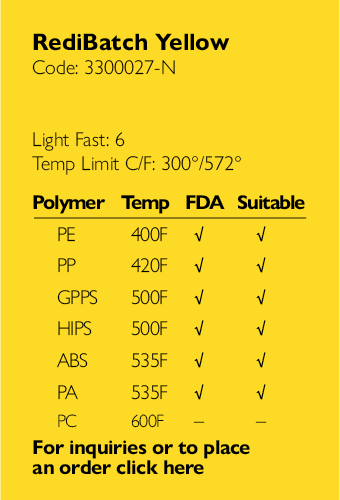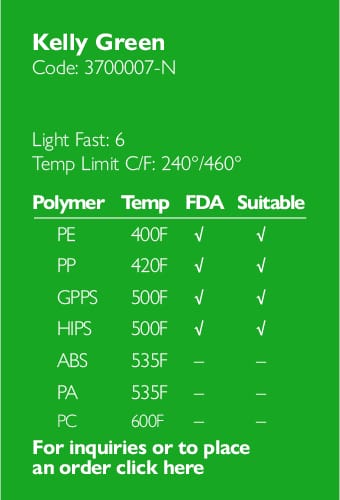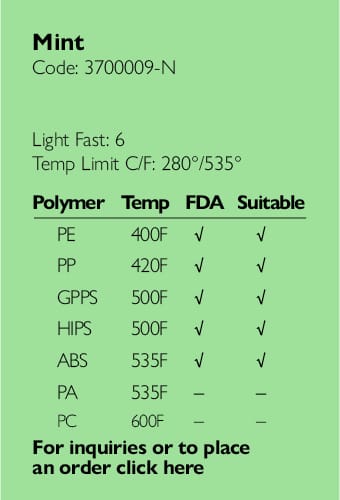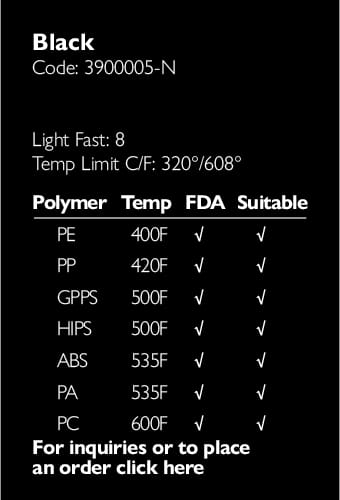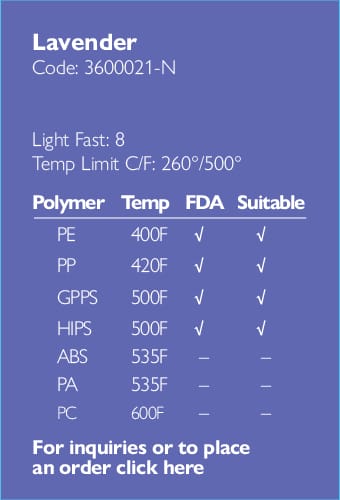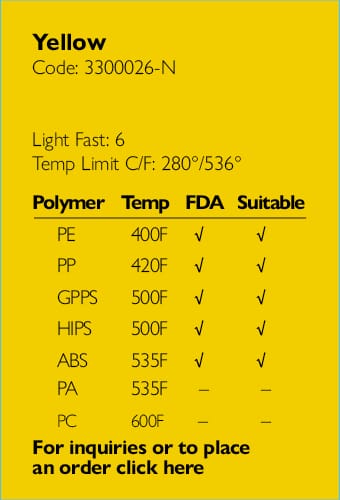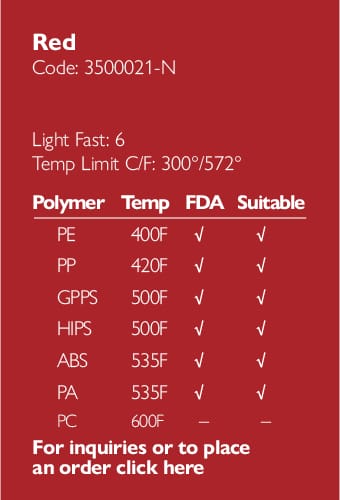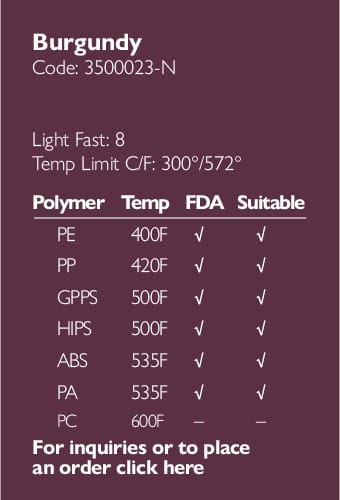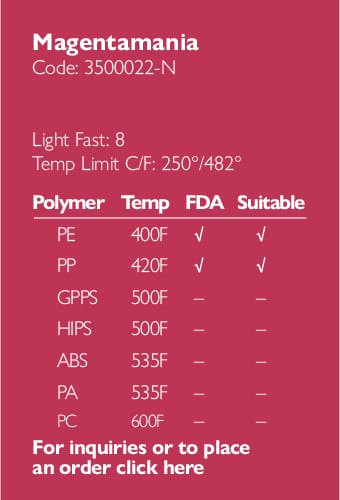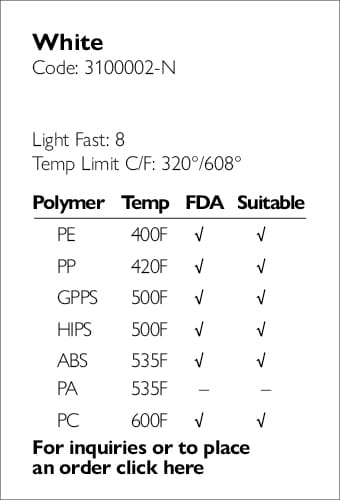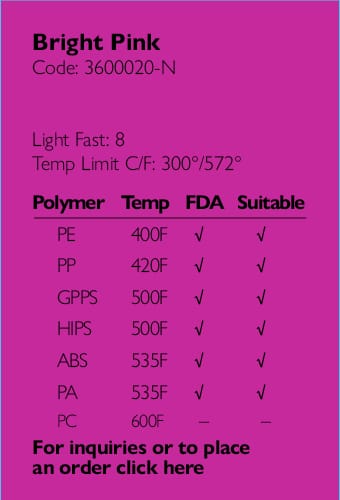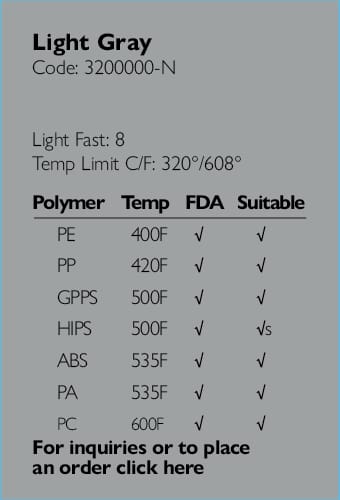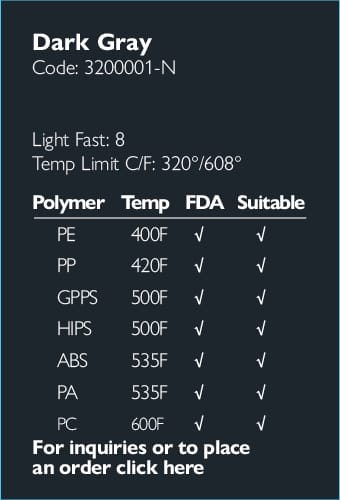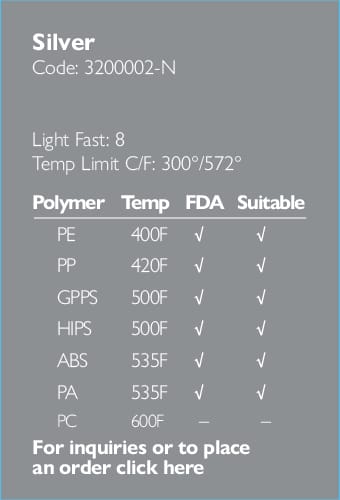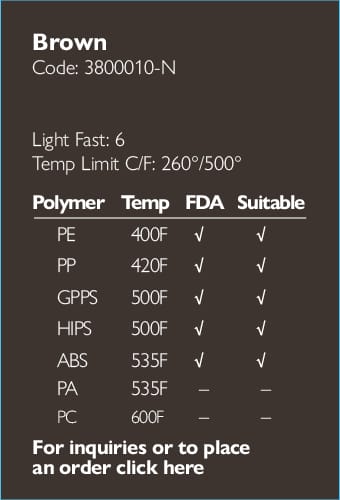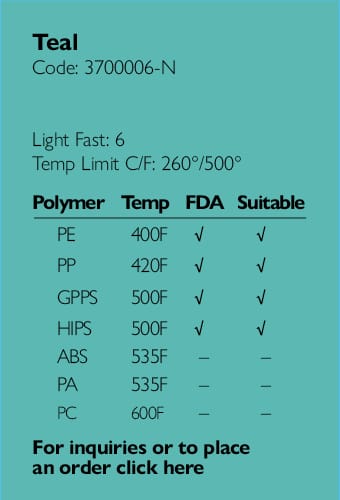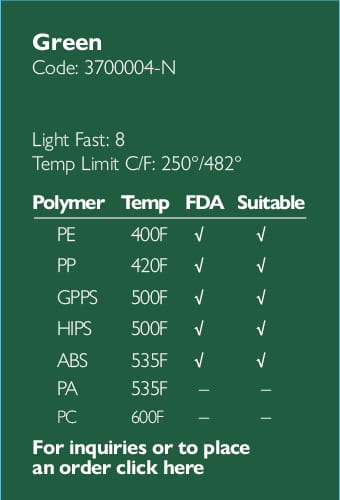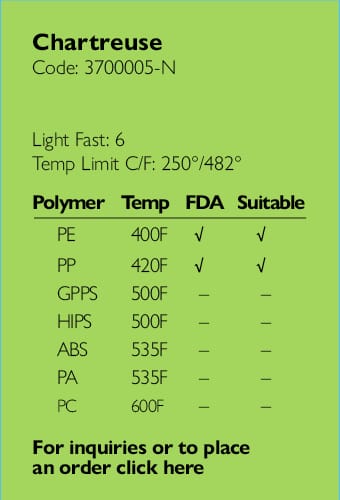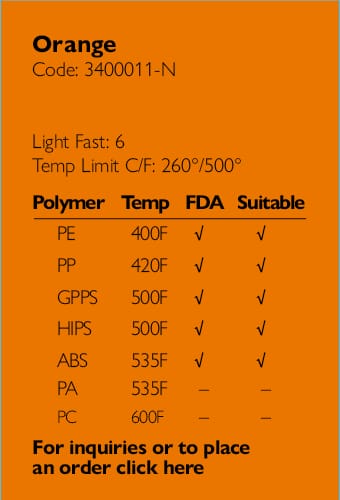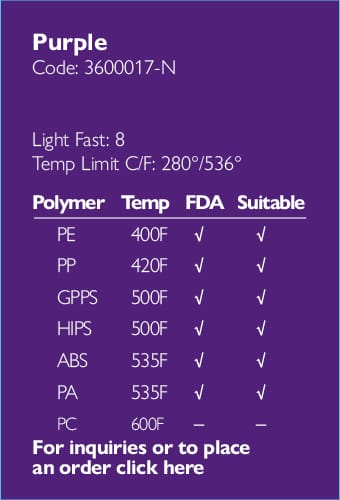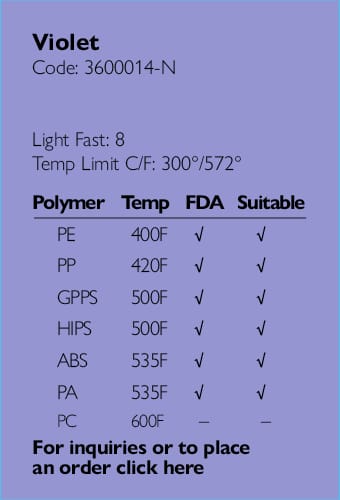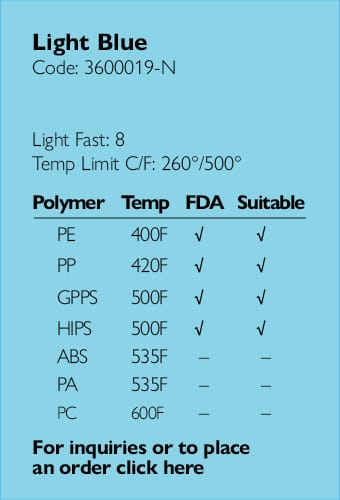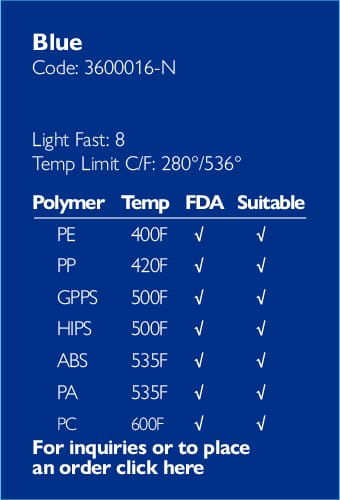Most thermoplastics are flammable, burning easily when heated to a high enough temperature. Plastics, being hydrocarbons, combust through a process that begins with heat which pyrolizes their long-chain structure into volatile hydrocarbons, hydrogen, and hydroxyl-free radicals. These elements formed during decomposition are high in energy and react with oxygen, releasing heat and causing fire to spread.
Flame retardants are added to polyolefins, polycarbonate, polyamides, polyester, and other polymers to increase resistance to ignition, reduce flame spread, suppress smoke formation, and prevent a polymer from dripping. The primary goal is to delay the ignition and burning of materials, allowing people more time to escape the affected area. A secondary consideration is to limit property damage.
Plastics containing flame retardants are found in homes, office buildings, cars and mass-transit vehicles, furnishings, fibers, household appliances, and many other applications. In general, their use is mandated by regulations in building codes or industry specific standards. Additional examples of plastic products that require flame retardants include construction fabrics, banner films, ceiling insulation, roofing and siding, carpet backing, automotive fabrics, components in trains and planes, tent materials, stadium seating, mattress covers, television and computer housings, electric wiring, power cable, and conduit for tunnels.
For a fire to begin, fuel, oxygen, and a source of ignition must be present. Flame retardants work by interfering with one or more of these fundamentals, either physically or chemically. Those having a physical effect either cool the substrate below its combustion temperature, form a solid or gaseous protective layer that excludes oxygen, or add inert gases that dilute the fuel in its gaseous phase. Those that act chemically interrupt the process by reacting with elements in the gaseous phase or shield the polymer by forming a carbonaceous surface layer. The most commercially viable flame retardants include brominated and chlorinated types, phosphorus based types, and metallic oxides.
The Halogen Flame Retardants
Organic halogenated compounds, especially bromine-based types, are the most commonly used flame retardants in plastics. They act to halt exothermic processes by trapping high-energy free radicals after they form. This cools the system, greatly reducing or limiting the supply of flammable gases.
From a price-performance standpoint, brominated compounds are usually the most cost-effective flame retardants. For effective fire resistance, they often require a lower loading than, metal hydroxides such as aluminum trihydrate (ATH) or magnesium hydroxide. Where tensile and elongation properties are critical, brominated flame retardants are favored, because they allow resins to retain their mechanical and physical properties. They are also easy to process—an especially important criterion for polyethylene and polypropylene films.
Chlorinated flame retardants are added to masterbatches as chlorinated paraffins or in cycloaliphatic form, wherein an isocyanate group is bonded directly to a cycloaliphatic hydrocarbon (e.g., cyclohexane). They cost less than bromine-based flame retardants and have good light stability, but they are less thermally stable and more corrosive to equipment than brominated types. Chlorinated cycloaliphatic products have higher temperature resistance than the paraffin grades and can be used at up to 320°C.
For brominated and chlorinated flame retardants to work, a synergist must be included in the formulation. Antimony trioxide is typical in masterbatch formulations, although others such as zinc borate and zinc molybdate can be used as well. While the synergist has no inherent flame-retardant action, it enhances the performance of the halogenated FR by forming antimony trihalides and various antimony oxyhalides that act as radical interceptors to retard gas-phase chain reactions.
There has been some concern, particularly in Europe, over certain bromine containing compounds. However, the European Union Commission as recently as October 2005 has exempted commercial “decabrom” from its Restriction of Hazardous Substances (RoHS) as, in multiple studies, decabrom has been found to pose no harm to human health.
Non-Halogenated Flame Retardants
There are two classes of non-halogen flame retardants: the phosphorous types or “char formers” and the metal oxides or “endothermic” types. Phosphorus-based flame retardants involve both organic and inorganic compounds. These include organic phosphate esters, phosphates, halogenated phosphorus compounds, and inorganic phosphorus-containing salts. They act in various ways to extinguish a flame. For instance, some terminate active hydrogen and hydroxyl radicals in the vapor phase, and some yield phosphoric acids in the presence of fire. These acids alter how a polymer degrades when exposed to heat and promote char formation which limits further polymer decomposition. Although phosphorus-based flame retardants are very effective in polymers, they have a tendency to decompose at extrusion temperatures above 400°F. The corresponding release of phosphoric acid can negatively affect polymer properties and may even damage extrusion lines.
Metal hydroxides are the most commonly used halogen-free flame retardants. Aluminum trihydrate (ATH) is low in cost and found abundantly in nature. It forms aluminum oxide at 180°C to 200°C via an endothermic reaction that absorbs heat from the fire. ATH is generally used when the polymer processing temperature is below 200°C. Magnesium hydroxide acts in a similar way, except that it decomposes at 300°C. Magnesium hydroxide, which is found in nature as well, passes even the most stringent regulatory standards. The downside of using metal hydroxides in processes like film extrusion is the considerable loadings of inorganics required. Loadings can be as high as 65% in the final product, a level that will affect the mechanical properties and processability of the polymer.
A number of other chemistries impart some degree of flame retardancy to polymers, including boron-containing compounds, melamine, and ammonium sulfamate. Development work continues on new flame-retardant materials, including polymer-clay nanocomposites, which may be effective at low addition levels, and silicon-based materials that form protective surface coatings during a fire.
Flame-retardant masterbatches are often custom-formulated to match the molecular structure and melt viscosity of the base resin. Addition levels are keyed to the level of flame retardancy necessary. For polyolefins, a letdown ratio of 10% to 14% is typically used to meet a UL V-2 rating, while 18% to 20% is suggested for a UL V-0 rating (see the addendum for details on testing). The chance of achieving a UL V-0 rating is greater when using a resin with a high molecular weight and a lower melt-flow index. Polyolefins tend to drip, making it difficult to attain the UL V-0 rating. Using clay or other inert fillers (at a 10% to 14% addition rate) will help to avert dripping, but such addition may also reduce the efficiency of the halogenated flameretardant present.
Choosing the Right Flame Retardant
In order to select the most suitable flame retardant for an application, one must first answer several important questions:
- What type of flame retardant is allowed? Halogenated? Non-halogenated?
- What standards must be met: UL 94, E 84, MVSS or ASTM, VW-1?
- If UL-94 must be met, will it be V-2, V-1, or V-0?
- Are mechanical properties (e.g., tensile strength and elongation) critical to the product?
- Is blooming, i.e., for post -conversion processes like printing or sealing, a concern?
- Is UV stability a factor, i.e., will the product be exposed to sunlight?
Knowing the answers to these questions in advance will help the Ampacet provide assistance in selecting the appropriate flame retardant for a particular application.
Addendum: Flammability Testing Testing is crucial for demonstrating polymer compliance to various fire-safety laws and standards. Some of the most common test methods are summarized below.
UL-94 vertical burning test provides a preliminary assessment of relative flammability and dripping for polymer used in electrical equipment, electronic devices, appliances, and other applications. It addresses such end-use characteristics as ease of ignition, burn rate, flame spread, fuel contribution, intensity of burning, and products of combustion. In the test, a bar measuring 5 x 0.5 inches and either 1/8 or 1/16 inch thick is mounted vertically in a draft-free enclosure. A burner is placed beneath the sample for 10 seconds and the duration of flaming is timed. The test is repeated for five specimens. Any dripping that ignites surgical cotton placed 12 inches below the bar is noted. This test has several classifications.
a) 94 V-0—No specimen has flaming combustion for more than 10 seconds after each ignition. Specimens do not burn up to the holding clamp, drip and ignite the cotton, or have glowing combustion persisting for 30 seconds after the second removal of the test flame.
b) 94 V-1—No specimen shall have flaming combustion for over 30 seconds after each ignition. Specimens do not burn up to the holding clamp, drip and ignite the cotton, or have an afterglow of more than 60 seconds.
c) 94 V-2—This involves the same criteria as V-1, except that specimens are allowed to drip and ignite the dry surgical cotton below the specimen.
Limiting oxygen index (LOI) is the minimum concentration of oxygen expressed as volume percent in a mixture of oxygen and nitrogen that just supports flaming combustion of a material initially at room temperature.
UL-181 is used for air-duct and air-connector systems. It is based on U.S. National Fire Protection Association standards for air conditioning and ventilating systems.
UL-214 addresses flame propagation in fabrics and films. Standard specimens 2.75 x 10 inches are cut both in machine and transverse directions (five of each) for the small-flame test (flame height: 1.5 inches), and 5 x 30 to 84 inches for the large flame test (11 inches high). The bottom of the specimen is ignited for 12 seconds and the flame is removed. The length of the charred material is measured and reported.
E-84 looks at surface burning behavior of building materials on exposed surfaces such as walls and ceilings. It determines relative burning behavior by observing flame spread along the specimen. Flame spread and smoke density data are reported.
Motor Vehicle Safety Standard 302 specifies burn-resistance requirements for materials in passenger compartments. This U.S. federal standard requires that a specimen 100 x 356 mm in the thickness used in a vehicle (thicknesses over 12.7 mm are reduced to 12.7 mm) should not burn or transmit a flame front across its surface at a rate of more than 4 inches/min.

